It was during one of my ‘in between jobs’ periods, when I obtained a position as the Credit Manager at Gould’s Toyota in Northcote in 1985. I was to look after the Parts and Service departments accounts, along with following up payments from insurance companies for the work completed in the Panel Shop. I was successful in maintaining the accounts and was very happy with my five days a week job.
For one Saturday, I was asked to fill in for the regular salesman who had a family wedding on that day, so I agreed to cover his role for the day.
The ‘wave’ started rolling, when soon after opening on that Saturday morning, a family who had just received their lottery winnings, came into the showroom to order six Toyota Landcruiser Sahara wagons for the members of the family. Whilst we did not have all of the desired colours in stock, I took the orders and the deposit and scheduled the delivery for the following week. Whilst I got the sale and the commission cheque, the regular salesman was less than impressed.
Having seen my ‘sales ability’, the General Manager asked me to leave the Credit Manager role and take up the role as Fleet Manager, which meant establishing the Fleet Department from scratch. This was done and we were successful in establishing relationships with a number of fleet clients in the region. This activity caught the attention of another Toyota dealer, as we had obviously called on a number of their clients.
The Lane family, who had a number of different car dealerships, including Melbourne City Toyota, contacted me and made me an offer that I could not refuse. I was to take over their Fleet Department, as the previous Manager had moved on, and they were looking for a replacement. Initially the department consisted of myself and one salesman. As the activity increased we employed another two salesmen in order to cover the Melbourne metropolitan area adequately.
I was still riding the crest of the wave.
Sales flowed and the department was showing good results……………..until on the 1st July 1986, when Fringe Benefits Tax was introduced.
Sales did not just drop off, they stopped totally. Companies were unsure how the new tax would impact on them financially and simply stopped ordering replacement fleet vehicles, instead opting to hold them for another twelve months.
The Fleet Department was disbanded and I found myself ‘dumped on the rocks’.
There ended my ‘almost brilliant career’.
Barry O’Connor.
July 2024.


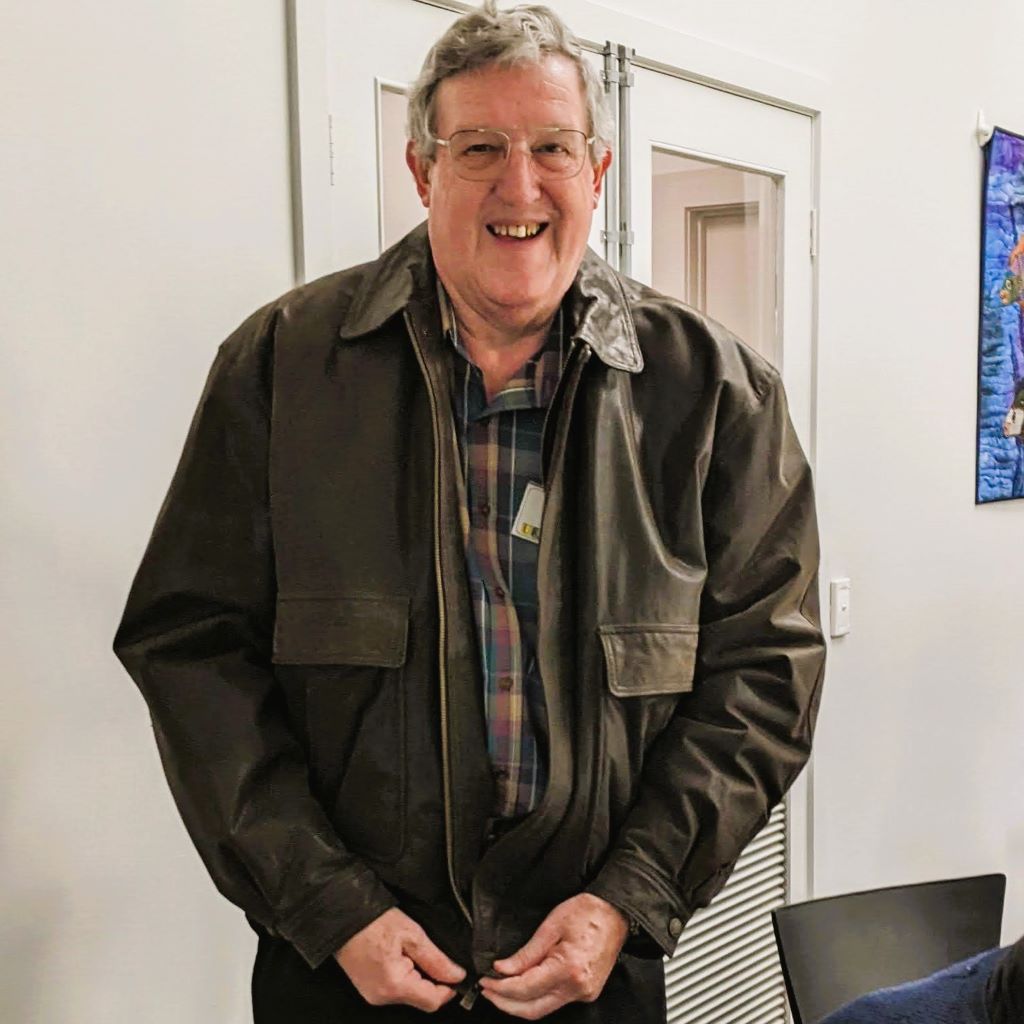
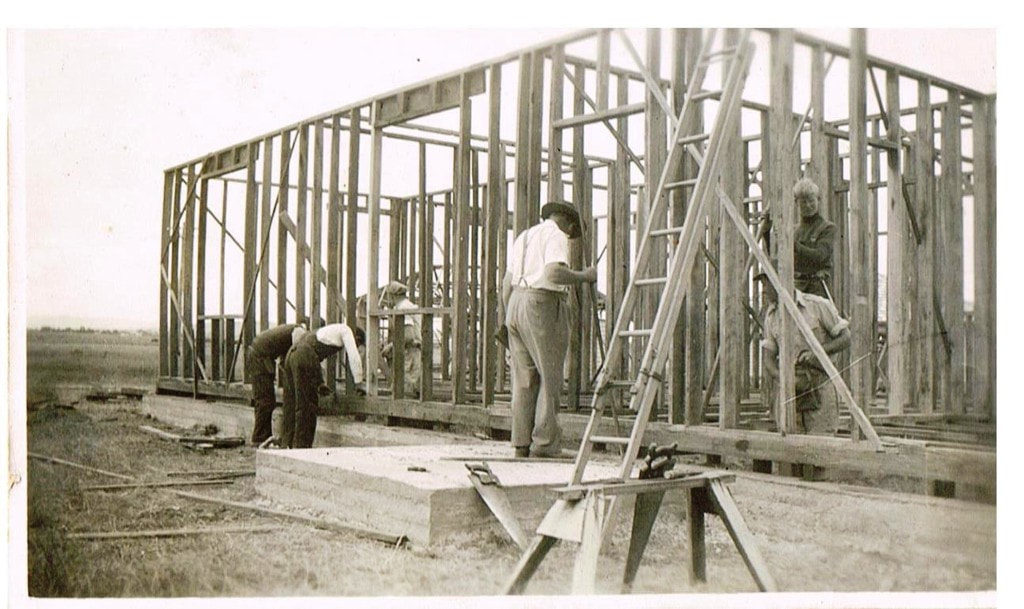
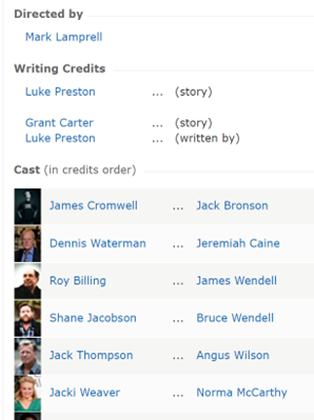
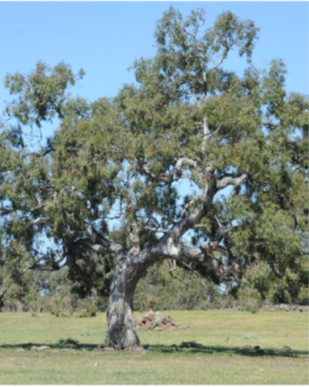
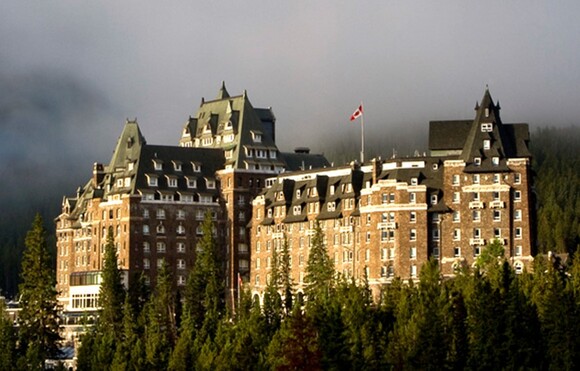

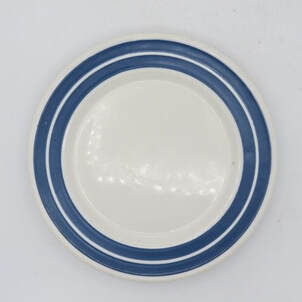
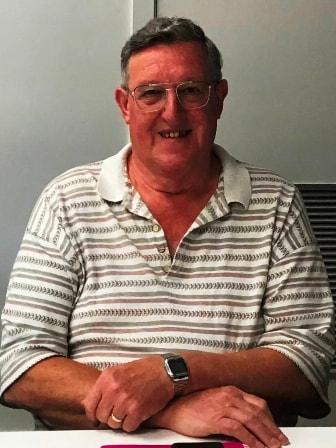
 RSS Feed
RSS Feed
